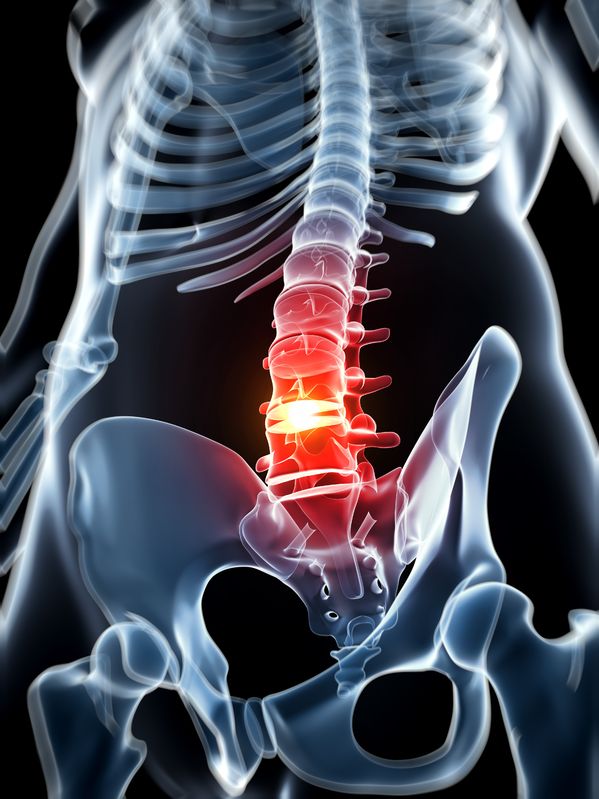
Herinated Disc
A herniated disc occurs when a portion of the vertebral disc ruptures. Through the ruptured portion, the inner central portion of the disc (nucleus pulposus) is pushed out into the spinal canal on nerves in the cervical, thoracic or lumbar areas. Because the spinal canal has limited space, the displaced disc presses on the nerves which can often lead to numbness and pain. Smaller herniations are sometimes called protrusions. Continue reading about the causes and symptoms of a herniated disc, or use the following link to learn about the possible treatment options for herniated discs.

